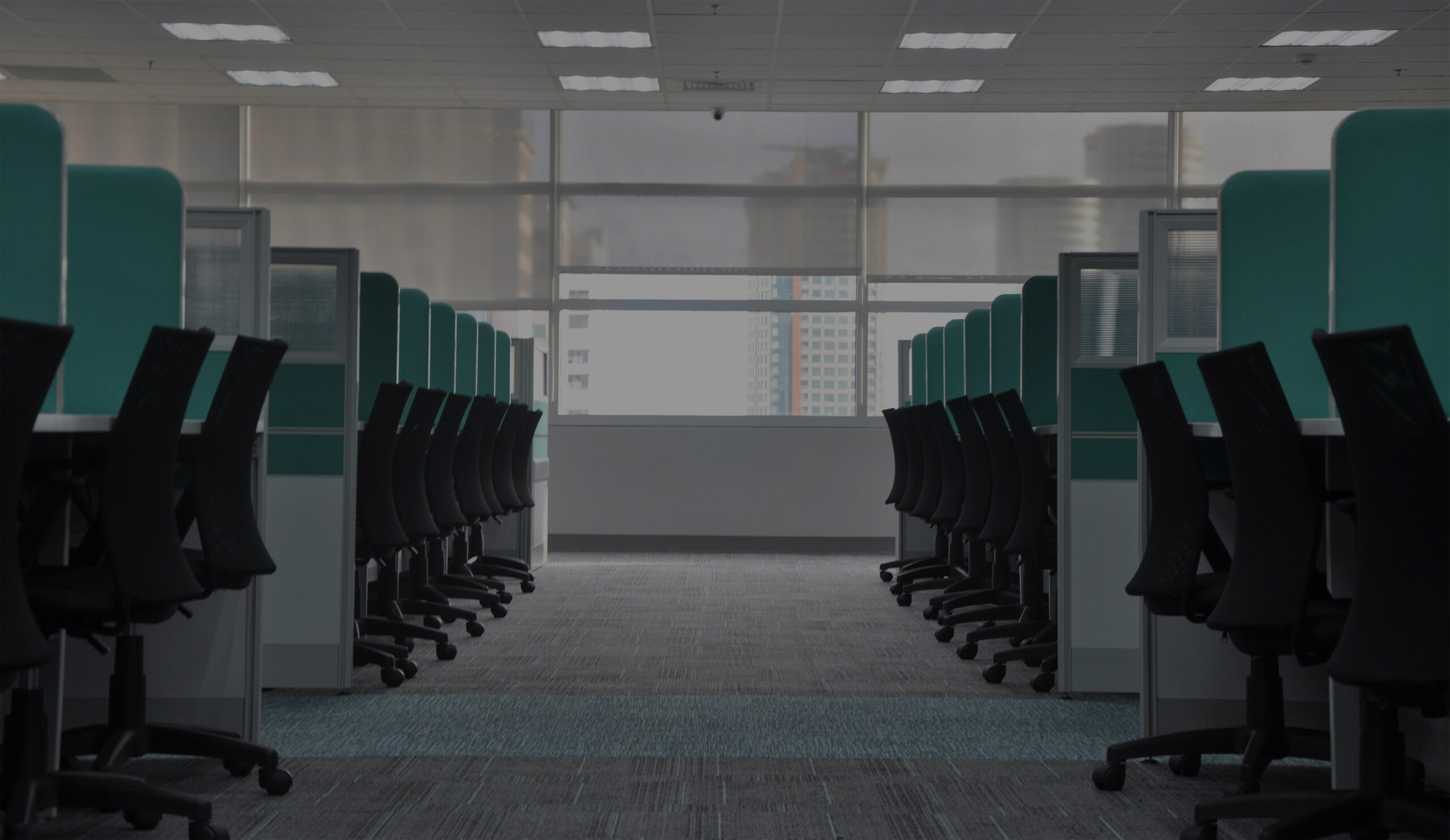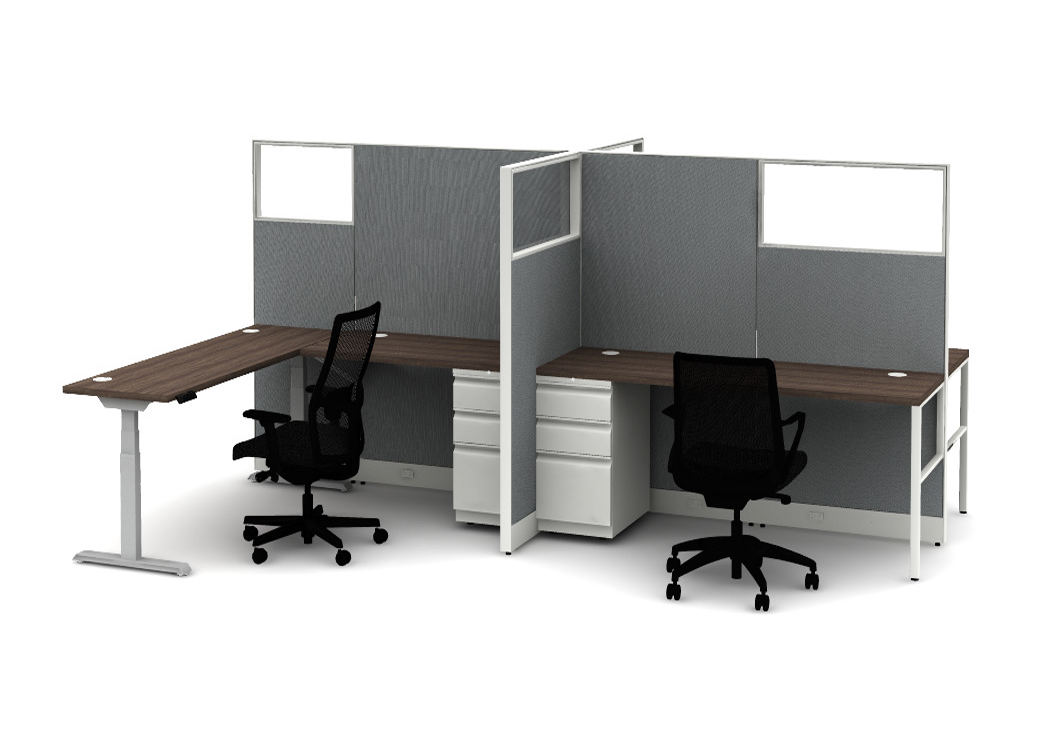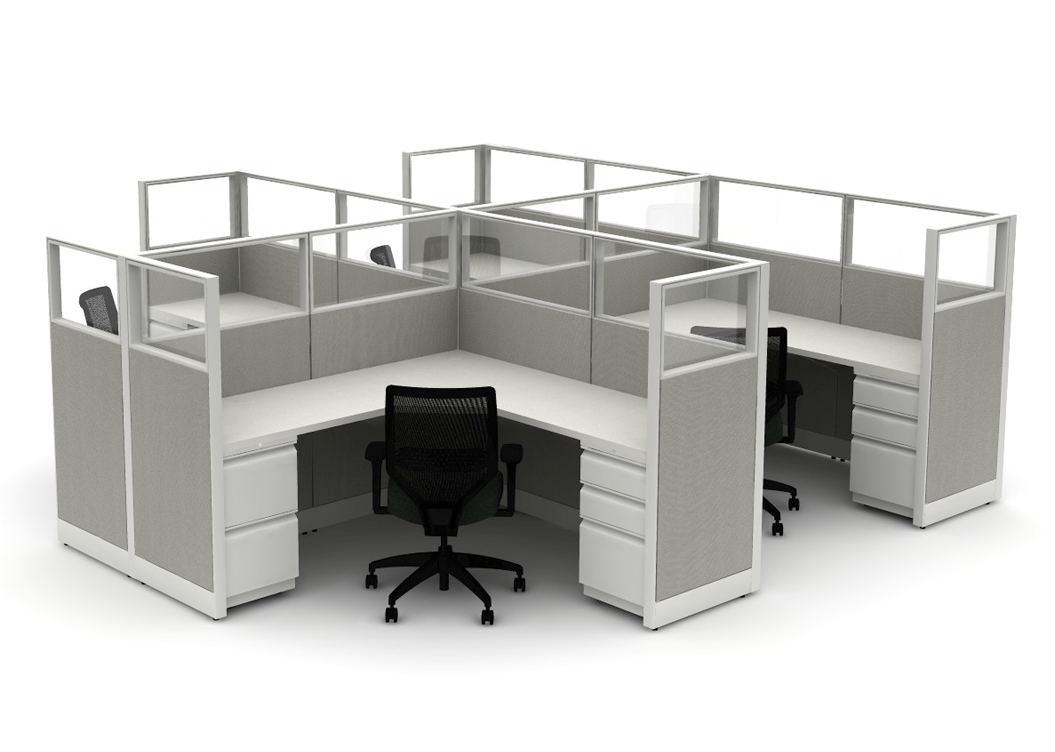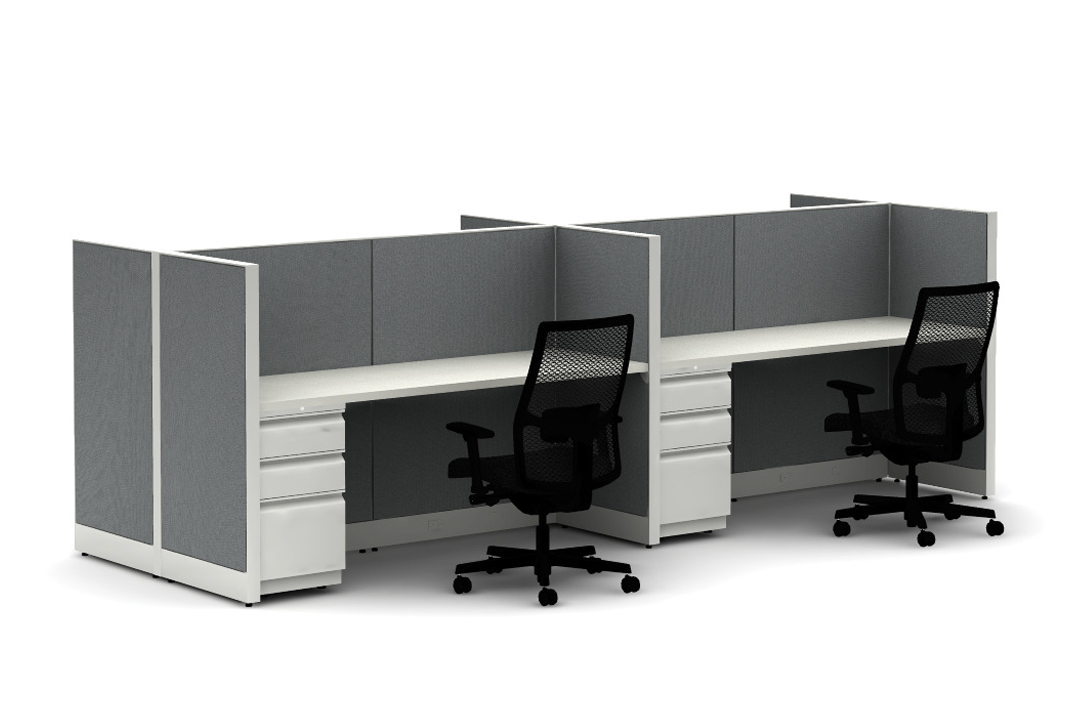
Find the Right Cubicle Workspace Configuration for You!
Initially designed by Robert Propst in the 1970s, the cubicle still remains the favored option for accommodating an office workforce. Once the go-to standard in corporate settings, providing an element of seclusion amid busy work environments, they fell off the map for several decades in favor of open workspaces and benching configurations.
Having undergone a remarkable comeback, transformed by the post-pandemic world and new hybrid work arrangements that have become commonplace, cubicle configurations are having their moment once again. Their unique blend of semi-privacy and accessibility make them the perfect hybrid work environment in a, well, hybrid work environment.
Cubicle Workspace Configuration Considerations
The layout and arrangement of cubicles
hold great significance in the overall design of an office. As a result, incorporating cubicles in office design requires thoughtful planning and consideration of employee needs, available space, and the desired functionality of the workspace.
The primary objectives of how you lay out your workspace will ideally develop an environment that:
- Promotes productivity and camaraderie
- Strikes a balance between personal space and collaboration
- Fosters adaptability in the face of a hybrid work setup and non-fixed workstations

But not all cubicles are the same.
Which type of cubicle and which type of configuration(s) you choose also depend on factors such as:
- Storage needs
- Employee privacy needs
- Desk/work surface needs
- Number of employees using them on any given day
- Type of work being done





